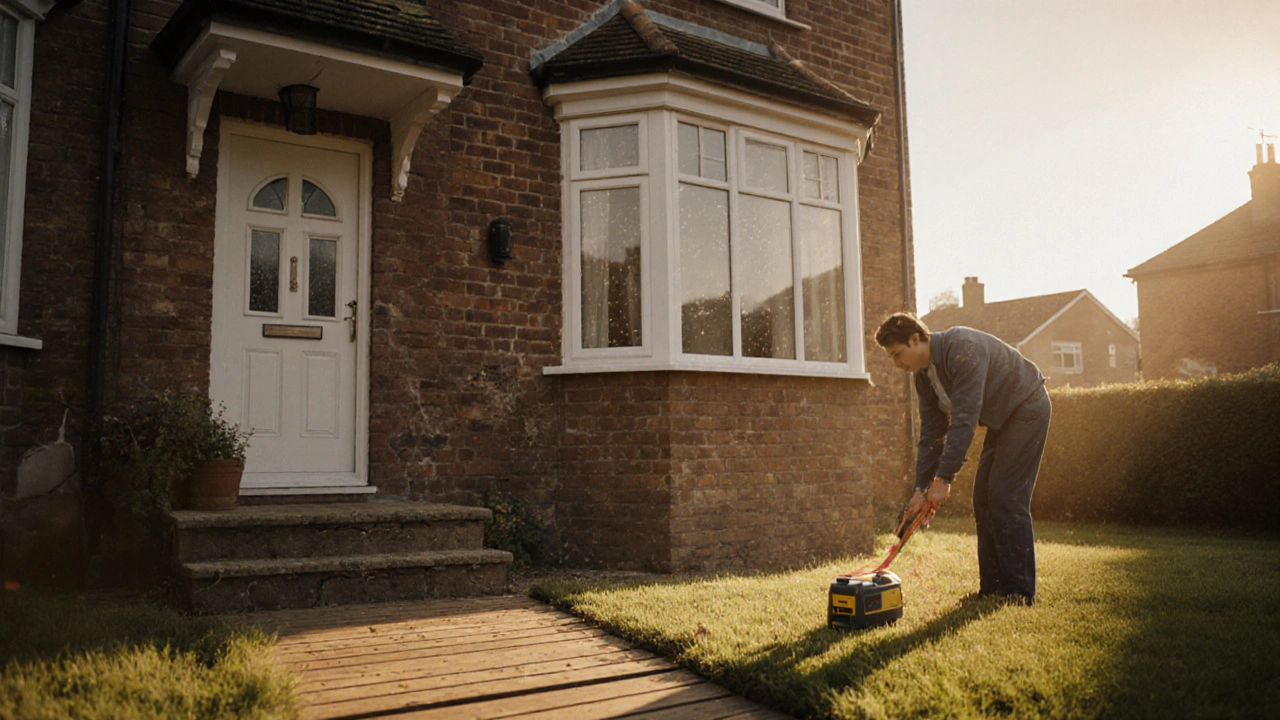Drilled Piers Price – A Practical Overview
When talking about drilled piers price, the cost you pay to install deep‑filled concrete piles that support a building’s foundation. Also known as pier foundation cost, it depends on several moving parts. A solid grasp of these parts saves you from surprise bills and helps you compare quotes like a pro.
Another key player is drilled piers, reinforced concrete columns poured into pre‑drilled holes to transfer loads to stable soil or rock. bored piles are the industry term you’ll hear on site. Then there’s foundation repair, the set of techniques used to fix or strengthen existing footings. Finally, soil condition, the composition, moisture level, and bearing capacity of the ground beneath your building plays a decisive role in how many piers you need and how deep they must go. In short, drilled piers price is shaped by the interaction of these three entities.
How the Pieces Fit Together
First, the drilled piers price encompasses three core cost drivers: material, labor, and site‑specific variables. Materials cover concrete, steel rebar, and the drilling equipment wear‑and‑tear. Labor includes the crew’s time to set up drilling rigs, pour concrete, and test each pier for load capacity. Site‑specific variables are where soil condition takes center stage – soft clay may demand deeper or more numerous piers, while solid limestone can cut the depth in half.
Second, the need for foundation repair can either add to or reduce the overall expense. If you already have a failing footing, installing drilled piers often serves as the repair method, meaning you combine two jobs into one budget line. Conversely, a well‑maintained foundation may require fewer piers, lowering the total spend. Understanding this link helps you decide whether to bundle services or get separate quotes.
Third, the drilling depth and diameter are directly tied to soil condition analysis. A geotechnical report will tell you the soil’s bearing capacity – a key figure that determines how much load each pier can safely carry. That report also flags potential obstacles like groundwater or rock layers, which can raise equipment rental fees or slow the crew down.
Putting it all together, the pricing formula looks like this: drilled piers price = (material cost + labor cost) × (soil condition factor) + (foundation repair adjustment). The soil condition factor is a multiplier that can swing the total cost by 15‑30 % based on how easy or hard the ground is to work with. The foundation repair adjustment adds or subtracts a set amount depending on whether you’re fixing an existing issue or simply installing new support.
Now that you see the relationships, you can start asking the right questions when you talk to contractors: How many piers will you need based on the geotech report? What depth do you expect for each pier given the soil type? Will the work include any foundation repair, and if so, how does that affect the total price? Getting clear answers to these will let you benchmark quotes and avoid hidden fees.
Below you’ll find a curated list of articles that dive deeper into each of these topics – from interpreting soil reports to budgeting for foundation repair and negotiating the best price for drilled piers. Use them as a toolbox to get a transparent, fair estimate for your project.

